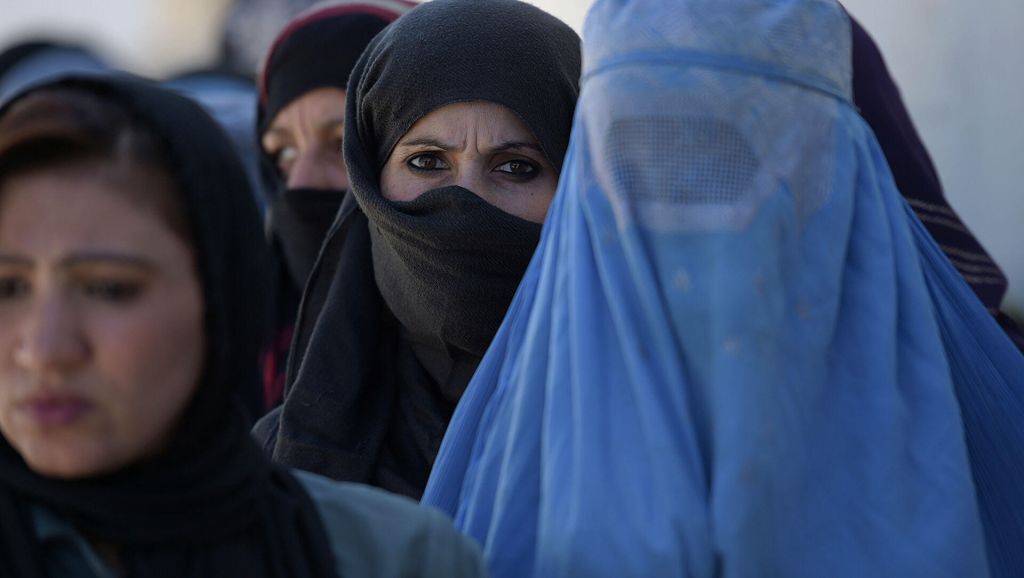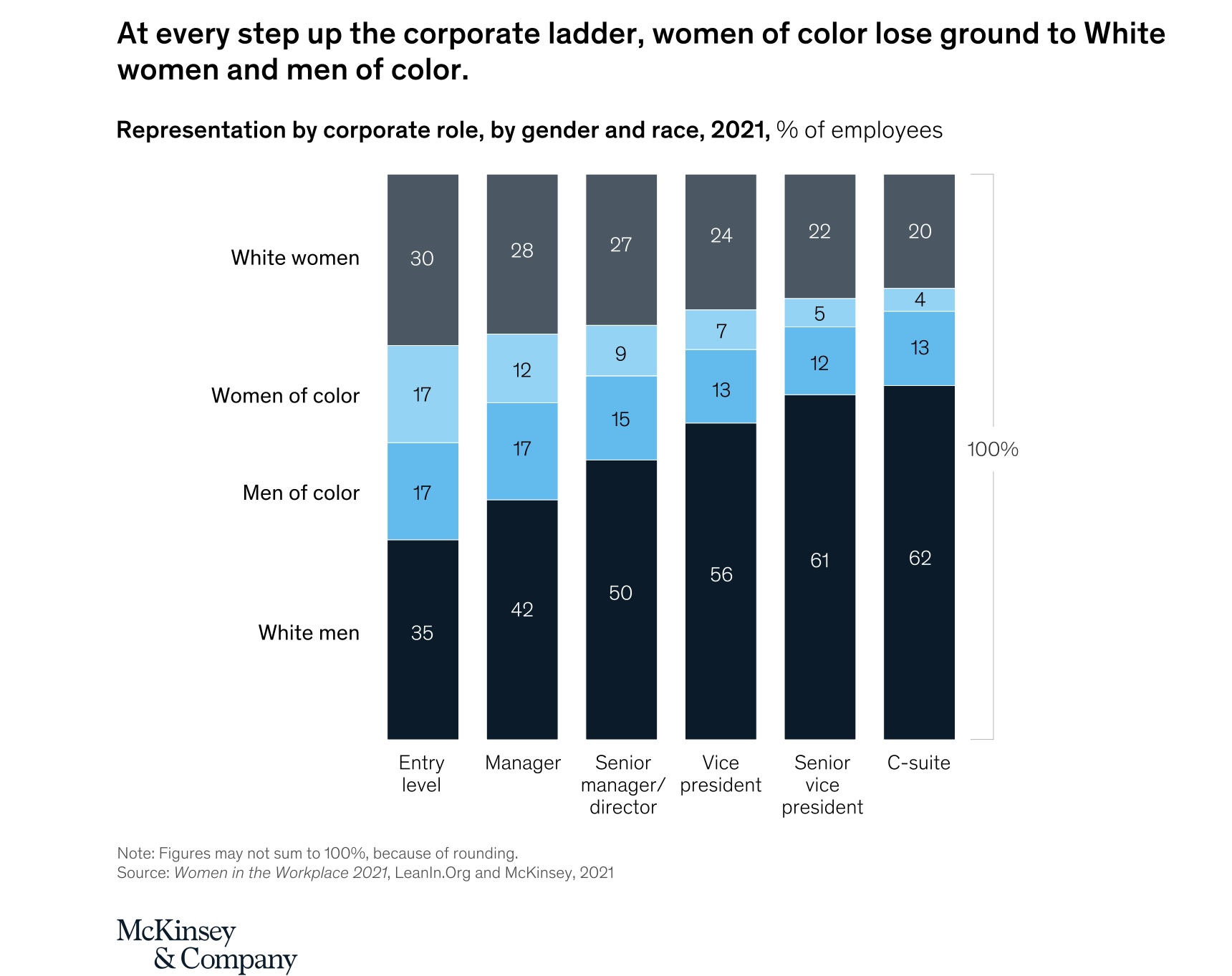An in-depth analysis on the compliance of Spain’s national laws in accordance with the European Regional level
Introduction
Under the rule of dictator Franco, students were not allowed to learn Catalan due to an outright language ban. The prolonged hardship of four decades finally halted with his death in 1975. As a result, the post-Franco era saw a resurrection of Catalan.
The Spanish Constitution 1978(Constitution), under Art.3(1), mentions Castilian as the official language. Additionally, it recognises “other Spanish languages” under Art.3(2). They refer to the minority languages Catalan, Basque and Galician, which are also co-official languages of Spain. Catalan is spoken in many areas but mainly in Catalonia, the Balearic islands, and Valencia.
Additionally, statutes were tailored for the specific autonomous communities. Subsequently, the 1979 Statute of Autonomy of Cataloniawas created. At the EU level, Spain has assumed international legal obligations toward protecting the linguistic rights of the Catalan minorities in the educational context.
Generally, the fundamental means of preserving these rights is attributable to a well- functioning educational system. The compulsory stage notably begins at the elementary level. However, recently Catalan was constitutionally challenged, which instigated fear of another suppression of their linguistic rights.The European framework governing the right to use minority languages in primary education
At the European level, the leges speciales, comprise the European Charter for Regional and Minority Languages (Charter) and the Framework Convention for the Protection of National Minorities(FCNM), whereby Spain ratified both.
The European framework governing the right to use minority languages in primary education
At the European level, the leges speciales, comprise the European Charter for Regional and Minority Languages9 (Charter) and the Framework Convention for the Protection of National Minorities10 (FCNM), whereby Spain ratified both.
The Charter
According to De Witte11, the core attribute of the Charter is its “à la carte approach”, whereby Member States (MS) have a discretion to choose which regional/minority languages they wish to protect according to the different provisions.
Art.8 deals specifically with education. Art.8(1) states that “…the Parties undertake, within the territory in which such languages are used, … and without prejudice to the teaching of the official language(s) of the State:”. In effect, Art.8(1) relates solely to the territory where each regional/minority language is practised12. The interpretation of this provision is set as a condition, in that Parties can only provide the minority language as long as it does not disrupt the parallel teaching of the official language.
In relation to primary level education, Spain has assumed its obligations under Art.8(1)(b)(i) and Art.(8)(1)(h). The former states that MS are required “to make available primary education in the relevant regional or minority languages.”. The latter conveys that they are required “to provide the basic and further training of the teachers required to implement…” the said provisions to which the MS have accepted.
In regard to Art.8(1)(b)(i), this implies that MS are required to provide the minority language at the primary level. Additionally, Art.8(1)(h), is an equivalent provision for teachers, which completes the whole process of “making the language available”, as MS arrequired to ensure the competence of their teaching staff at this level.
The FCNM
Under the FCNM, there are no provisions specific to primary education. Instead, the relevant articles cover linguistic rights at all levels. In contrast to the Charter, the characteristic of these articles embraces a collective aspect rather than individualised components13.
According to Thornberry14, the sub-articles of Art.12 FCNM are interconnected when dealing with the curriculum, inter-communal educational contacts, and access to education. Art.12(1) is a firm injunction that compels MS to take actions in the fields of education where “appropriate”, “…to foster knowledge” of both the minority languages and that of the majority. In essence, Art.12(1) must be executed in a critical and objective way, that is free from ideological manipulation such as xenophobic concepts and delivered with value to human rights15.
Additionally, Art.12(2) requires that MS shall “inter alia provide adequate opportunities for teaching and access to textbooks, and facilitate contacts among student and teachers of different communities.”. The term “inter alia” enables a widened scope for MS to materialise its obligations under Art.12(1). Additionally, “facilitate” refers to simplifying the process of socialisation.
Lastly, Art.12(3) is based on the principle of equality. It necessitates that MS “…promote equal opportunities for access to education at all levels for persons belonging to national minorities.”. This provision can be interpreted in two ways, either it implies that all national minorities are given the same equal rights, or that national minorities are given the same equal rights as that of the majority.
Furthermore, Art.14(1) obligates MS to allow a national minority to learn their language. It states that “…every person belonging to a national minority has the right to learn his or her minority language.”. Additionally, Art.14(2) reiterates “adequate opportunities” in relation to being taught or to “receive instruction” in the “minority language”. Although, Art.12(3) acts as a caveat to Art.14(2) in that it can only be activated as long as it does not prejudice the learning/teaching of the official language of the State. In effect, the whole provision is directly aimed at education by the use of the terms “learn” and “teach”. Hence, Art.14 FCNM protects not only the linguistic rights but also the identity of the national minorities16.
Therefore, at the European level, both instruments complement each other in terms of guaranteeing a wide scope of protection to the linguistic rights attached to the use of minority languages at a primary level of education.
The Spanish national laws governing the right to use Catalan in primary education
With the education system being decentralised in Spain, the Autonomous Communities are given constitutional powers to control education. This entails that the Generalitat (the Catalonian Government), inter alia, bears an obligation to protect linguistic rights in education17.
The Regional laws
The leges speciales applicable to primary education are The Reform of the Statute of Autonomy of Catalonia 200618 (Estatut) and The Linguistic Policy Act 199819(LPA). Under the Estatut, the relevant provision is Art.35, “Linguistic rights in the field of education”, which corresponds to Chapter III, “Education” of the LPA, more precisely, Art.20, “The language of education” and Art.21, “Non-university education” and Art.24, “Teaching staff”. Therefore, they shall be examined by themes.
The right to use Catalan in primary education is derived from Art.35(1)-(2) of the Estatut and Art.20, Art.21(1), and Art.21(3) of the LPA. Both Art.35(1)-(2) establish the right for every person “to receive an education in Catalan” at the “non-university level”. The term “non- university” refers to all education below this level which includes the primary level.
Furthermore, Art.35(2), in respect to the students, combines both a right and an obligation “to have sufficient oral and written knowledge of Catalan and Castilian upon completing compulsory education…”. Additionally, the said provision provides that both languages “…shall be sufficiently represented in the curricula.”. Art.21(3) guarantees the same but with reference to “teaching” instead of “learning”.
Upon completion of their primary education, students are granted a school-leaving certificate on the condition that they are proficient in both Catalan and Castilian20. Hence, both statutes systematically support the right to be educated at a primary level.
Moreover, the powerful combination of the right and obligation under the Estatut presents the following legal implication. The stringency of the obligation holds a higher threshold than “duty”21. Therefore, reinforcing the normative practises of the legal entitlement provided by the right. The obligation further insulates the said right by its legally binding attribute22. Thus, clearly aiming at its preservation.
In addition to Catalan being recognised as the official language of Catalonia together with Castilian23, it is also the “own language”24 which means native to Catalonia. The rights attached to its native and official value are derived from Art.6 of the Estatut which conveys that Catalan “…is the language of normal use for teaching and learning in the education system.” This notion is further carried under Art.35(1) of the Estatut, Art.20(2) and Art.21(1) of the LPA.
Under the provisions, the LPA emphasises the “vehicular” characteristic of Catalan as a means to achieve its normalisation in the bilingual model. Art.20(2) further requires
“educational establishments at all levels” to use Catalan “in their educational and administrative activities, both internally and externally.”. This implies that the ambit of the rights is not limited to elementary classrooms. The word “externally” denotes that Catalan extends to extra-curricular activities. Additionally, as Costa25 conveys, references to “non- university” under the Estatut and “all educational establishments” cover private and public schools. Reciprocally, the linguistic rights are further enhanced by Art.24(1), ensuring the competence of teachers. The teaching staff must “know” Catalan and Castilian and apply them to their “teaching tasks”.
In terms of prohibition of discrimination, both Art.35(3) of the Estatut and Art.21(5) of the LPA state that students shall not be separated, be it in centres or class groups, on the grounds of their habitual language. In essence, this provision protects against the “individualised treatment”26, which can occur in two ways either by treating Castilian as superior to Catalan or vice versa. Given the vulnerable age of students at the primary level, that is from six to twelve, these provisions are fundamental and facilitate the enjoyment of the rights.
Hence, it is evident that the leges speciales, the linguistic rights provide for full validation and legal effectiveness to any primary school students practising those rights.
The Constitution
By virtue of all Catalonians being Spanish citizens, the right to education is protected in a more general manner under the Constitution. Art.27(1) notably states that, “Everyone has the right to education…”. Art.27(4) further conveys that “Elementary education is compulsory and free.”. Hence, Art.27 interpreted in light of the constitutional acknowledgement of the statutes in the autonomous communities, confers that the scope of protection extends to the linguistic rights in education being protected also under the Constitution.
The compliance with the European regional level of Spain’s national laws regarding the right to use the Catalan language in education
While Spain does not formally recognise national minorities under its Constitution and legal system28, the State still acknowledges its international obligations to preserve and respect the linguistic rights of those minorities29. However, Catalonians were of the view that the constitutional challenges to Catalan were an obstruction to these rights.
The Legal Challenges
Despite the Estatut approved by the Catalonian and Spanish governments and a binding referendum, the Constitutional Court’s ruling in 201030 declared Art.6(1) of the Estatut, as unconstitutional. In addition to Catalan being the “language of normal use”, it was previously also the language of “preferential use”31. The Court stated that it imposed “…the prescription of a priority use of one of them…”32. The term was consequently struck out. This decision directly impacted on Art.35(1)-(2) of the Estatut as they are now to be interpreted in accordance with the ruling.
Since Catalan is the native language of Catalonia, it predominantly suggests that it is “preferential”. Consequently, the sentiment was that Spain had acted ultra vires, as it defeated the notion of “own language”. In effect, the bilingual model does not imply that both languages are taught in equal proportions, rather that both are included in the educational system33. The Catalonian linguistic regime notably, treats Castilian as a language immersed into the curricula34. Nonetheless, the ruling declared that “Castilian is to be introduced as the language of instruction “proportionately and equally to Catalan at all class levels.”35. Thus, perceived as highly prejudicial to Catalan.
In 2021, the Spanish Supreme Court ordered the Generalitat to provide for at least twenty- five percent of teaching hours for the main subjects36. Where Castilian, in the existing linguistic model, only formed part of five to ten percent of the teaching hours, which amounts to approximately two hours per week at the elementary level.
Compliance with the Charter
Nevertheless, the Committee of Experts’ (CoE) assessment, in its third report38, conveyed that the 2010’s ruling did not affect Spain’s compliance with the Charter “especially with respect to education”39. According to the CoE’s assessment40 and Ramallo’s41, Spain in choosing “(b)(i)” (first sub-paragraph), implies a high level of commitment which normally entails satisfying also (ii) and (iii)42. Those sub-paragraphs require Spain to provide a “substantial part” of the education at primary level in Catalan, and the teaching forming “…an integral part of the curriculum”43.
Therefore, in reference to “make available”, under Art.(b)(i) of the Charter, the CoE deduced that the ruling had essentially set a precedent for parents to have the discretion to allow their children to be educated in Castilian only and that Catalan was to be considered optional44. Additionally, the commitment under Art.8(h) entails that it accounts for any discrepancies in the “de facto situation of regional or minority languages”45. In Catalonia, this would refer to normalising the education of Castilian in parallel to Catalan. The selection of the said provision further implies that Spain has chosen a provision which wording46 adapts to the legal framework applied to Catalan in Catalonia
Nevertheless, the CoE still requested Spain to report on how the ruling impacted on Catalan. As a matter of fact, the CoE’s fourth48 and fifth report49, had assessed that Spain indeed guaranteed Catalan in primary education. Therefore, fulfilling all of its obligations in respect to the selected provisions under Art.8 of the Charter
Compliance with the FCNM
In contrast to the above reports, all five FCNM reports submitted by Spain, specifically focus on the Roma Community. However, the Advisory Committee (AC) conveys, that this does not limit the protection of rights of other Communities.
The notion of “equality”54 in terms of access to education under Art.12 of the FCNM, notably entails that, the latitude of the rights are not limited to the learning/teaching of Catalan in classrooms. The scope of protection of these rights extend to “educational activities outside regular school hours.”.
In effect, Art.20(2) LPA provides for “external activities”. The provision is further reinforced by Art.44 of the Estatut, “Education, research and culture”, whereby public authorities have a duty to “promote and encourage” family members and provide access to “extra-curricular educational activities”. This implies that when primary school students leave their classrooms, they are legally provided the right to practise Catalan in whichever activities they please. The right for students ultimately gives rise to opportunities for teachers. Therefore, the Spanish laws not only conform with the FCNM, but are construed to preserve the language by its active stimulation.
In accordance with Art.14 of the FCNM both the LPA 1998 and the Estatut are coherent in conveying the “right to learn”58 Catalan. The term is synonymous to “the right to receive an education in Catalan” under the Estatut and the notion follows under the provisions of the LPA which guarantee the right to use Catalan in education. Additionally, The AC elucidated that it assessed whether national minorities were given the right to learn their “own language” and if there were any limitations to the exercise of the said right59. In effect, the right to use their “own language” is found under both statutes with the only condition being that it does not prejudice Castilian. The principle of equality is evidently enshrined in both statutes given that the bilingual linguistic equilibrium is vehemently iterated. Hence, the Spanish laws comply with Art.14 of the FCNM
Conclusion
To conclude, the Charter’s à la carte method enabled Spain the discretion to choose obligations positively in accordance with primary education under Art.8. The CoE reports, notably, reflected the consecutive fulfilments and compliance. Despite the constitutional battles that directly impacted the primary level of education, the guarantee of the Catalan language and its rights to Catalonia remain unchanged. Additionally, the right to know their own language did not neglect Castilian and its rights in the reintegration of the bilingual educational system, which is a prerequisite under the Charter.
Concerning the FCNM, the Estatut and the LPA, conformed at a more profound level than the mere literal wording of the provisions. Thus, allowing primary school students the right to enjoy Catalan above and beyond the rigid school framework.
Lastly, the provisions under the national laws, in letter and spirit, aim to protect the rights and preserve them. Thus, overall, Spain’s national laws are in full compliance at the European regional level.
By Samia Mallam-Hasham




















